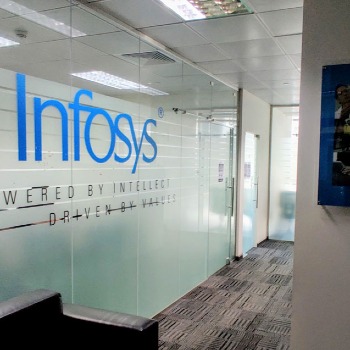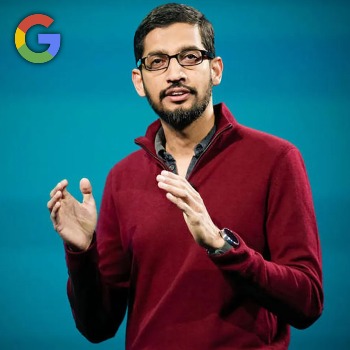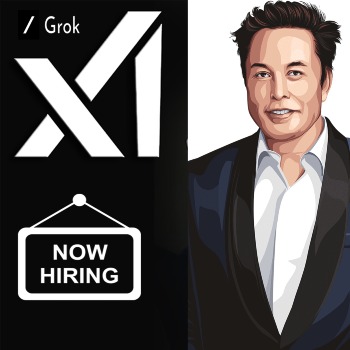SEO vs. Paid Ads: Unveiling the Perfect Digital Marketing Strategy for Your Business - Part 2
Businesses face an ever-growing problem in today's digital landscape: acquiring and engaging clients in a sea of online competition. Businesses must use efficient digital marketing techniques that increase traffic, brand awareness, and income generation to thrive in this fast-paced climate. Search Engine Optimization (SEO) and Paid Advertising (Paid Ads) are two notable digital marketing tactics.
In the first section of this post, we examined the key distinctions between SEO and PPC advertising, as well as the advantages and disadvantages of each and their applicability to different types of businesses. Insights into SEO methods and approaches for attaining natural success were also offered.
In this continuation, we'll further explore the realm of Paid Ads, examining its nuances and effectiveness in driving targeted traffic and immediate conversions. Additionally, we'll provide a comprehensive guide to crafting a winning digital marketing strategy that seamlessly integrates SEO and Paid Ads to achieve maximum impact.
Paid Ads: Unlocking the Power of Targeted Reach
With paid advertisements, companies can reach a very specific audience and make sure that those who are most likely to be interested in their goods or services see their ads. Through the utilization of platforms such as Google Ads, social network advertising, and display advertising, companies may target consumers with their ads according to a range of criteria, including interests, online behavior, demographics, and even previous brand interactions.
One of the key advantages of Paid Ads lies in its ability to provide immediate results. Unlike SEO, which requires consistent effort and patience, Paid Ads can deliver targeted traffic and conversions almost instantly. This makes Paid Ads an ideal choice for businesses seeking quick visibility for product launches, time-sensitive promotions, or targeted lead generation campaigns.
Types of Paid Ads: Tailoring Your Approach
The world of Paid Ads encompasses a variety of ad formats and platforms, each with its unique strengths and applications. Here's a brief overview of some common types of Paid Ads:
- Search Engine Ads (SEA): These ads appear on search engine results pages (SERPs), displaying alongside organic search results. SEA is highly effective for reaching users actively searching for specific keywords or products related to your business.
- Social Media Ads: These advertisements may be found on a number of social media sites, including Twitter, Facebook, Instagram, and LinkedIn. Social media ads give businesses precise targeting choices based on online behavior, interests, and demographics, allowing them to reach their intended audience.
- Display Ads: These ads are visually appealing banner ads that appear on various websites and content networks. Display Ads are effective for building brand awareness, promoting specific products or services, and re-engaging past website visitors.
- Remarketing Ads: These ads target users who have previously interacted with your website or brand. Remarketing Ads serve as a reminder of your products or services, increasing the likelihood of conversions among previously interested users.
Crafting a Winning Digital Marketing Strategy: Synergy in Action
To achieve sustainable growth and success in the digital realm, businesses need to craft a comprehensive digital marketing strategy that aligns with their specific goals, target audience, and budget constraints. A well-crafted strategy seamlessly integrates SEO and Paid Ads, leveraging the strengths of each approach to maximize impact.
Here's a step-by-step guide to crafting a winning digital marketing strategy:
-
Define your goals: Clearly outline your business objectives, whether it's increasing website traffic, generating leads, boosting sales, or enhancing brand awareness.
-
Identify your target audience: Understand your ideal customer's demographics, interests, online behavior, and purchasing patterns.
-
Analyze your competitors: Thoroughly evaluate your competitors' digital marketing strategies, identifying their strengths, weaknesses, and potential opportunities for differentiation.
-
Choose the right mix: Determine the optimal balance between SEO and Paid Ads based on your goals, budget, and target audience.
-
Set realistic expectations: Understand that SEO results take time, while Paid Ads offer immediate visibility.
-
Continuously track and measure: Regularly monitor the performance of your SEO and Paid Ads campaigns, making adjustments as needed to optimize results.
-
Embrace synergy: Leverage SEO to build a strong foundation for long-term organic growth, while utilizing Paid Ads for targeted reach, immediate conversions, and brand promotion.
-
Seek professional guidance: Consider consulting with experienced digital marketing professionals to develop a tailored strategy that aligns with your unique business needs.
Conclusion: Achieving Digital Success through Strategic Integration
SEO and Paid Ads, when combined strategically, form a powerful digital marketing synergy. SEO provides a solid foundation for long-term traffic growth, brand credibility, and organic visibility, while Paid Ads offer targeted reach, immediate results, and control over ad placement. By understanding the strengths and limitations of each strategy and implementing them in a cohesive manner, businesses can tailor their digital marketing approach to achieve their specific objectives and drive sustainable growth in the ever-evolving digital landscape.
Call to Action
In today's competitive digital landscape, businesses need to embrace effective digital marketing strategies to attract and engage customers, boost brand visibility, and ultimately, achieve their business goals. SEO and Paid Ads, when combined strategically, form a powerful synergy that can drive sustainable growth and success.
To stay ahead of the curve and navigate the ever-evolving digital landscape with confidence, consider the following actionable steps:
-
Stay updated on the latest SEO and Paid Ads trends and best practices. Subscribe to industry blogs, newsletters, and attend webinars to gain valuable insights and stay informed about the latest developments.
-
Utilize analytics tools to track your SEO and Paid Ads performance. Regularly monitor your website traffic, conversion rates, and ad campaign effectiveness to make data-driven decisions and optimize your strategies.
-
Experiment with different SEO techniques and Paid Ads platforms. Explore various ad formats, targeting options, and keyword strategies to identify the most effective approaches for your business.
-
Consider investing in professional digital marketing services. Experienced digital marketing professionals can provide valuable guidance, develop tailored strategies, and assist with campaign implementation and optimization.
-
Embrace continuous learning and improvement. The digital marketing landscape is constantly evolving, so make a commitment to continuous learning and refinement of your digital marketing skills and strategies.
Remember, success in the digital realm is not a destination but a journey. By embracing strategic integration of SEO and Paid Ads, staying informed, experimenting, and continuously learning, businesses can pave the way for sustainable growth, brand dominance, and long-term success in the dynamic world of digital marketing.



